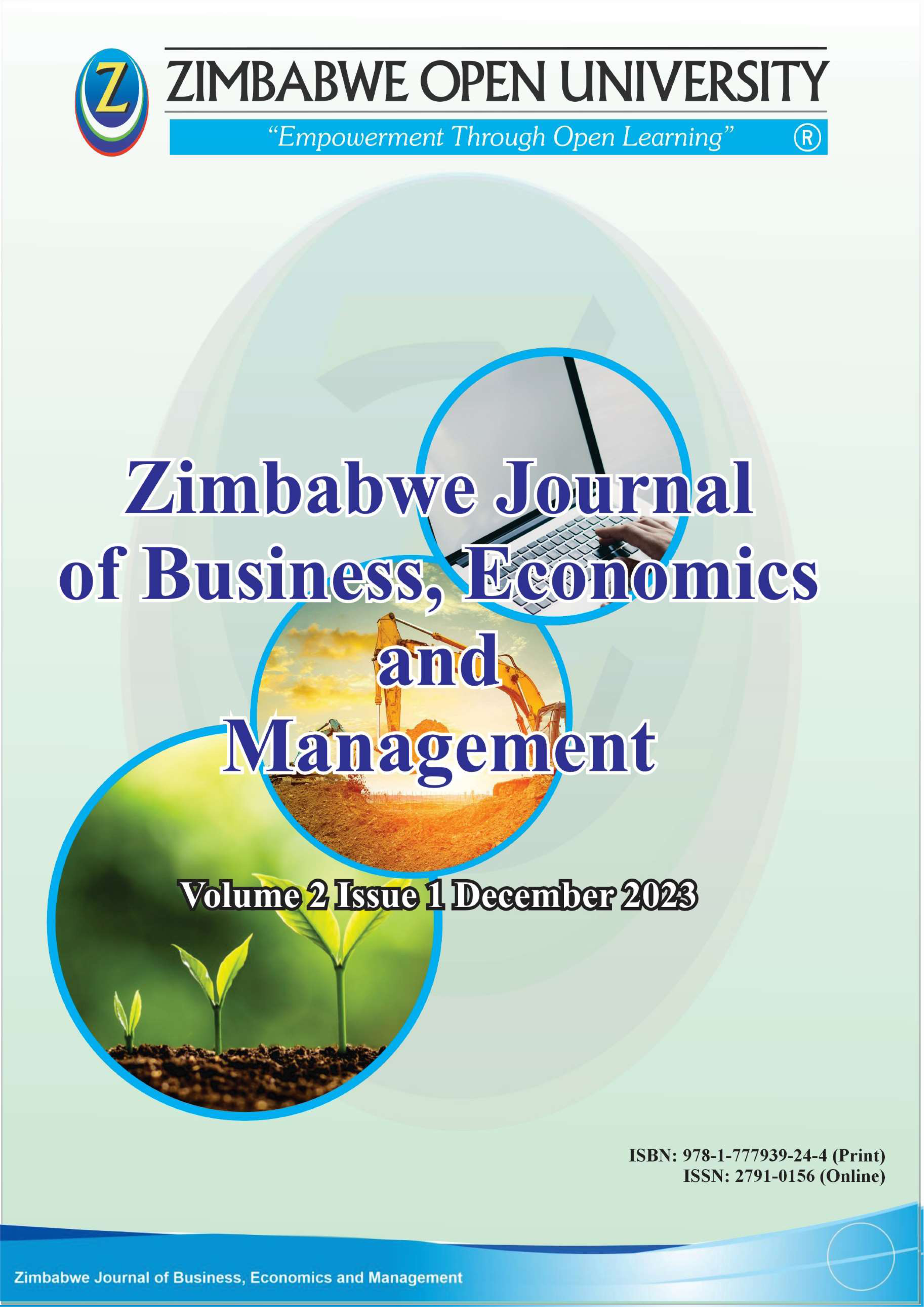Public Debt Servicing in Zimbabwe: Challenges and Implications
Abstract
Zimbabwe has been classified as being in debt distress and government debt has risen substantially from just over 48% of Gross Domestic Product (GDP) in 2013 to an estimated 82% in 2017. Large fiscal deficits experienced by the country have partly been the result of an elevated public wage bill, which continues to absorb more than 80% of revenue in the country.
More so, the deficits have also been financed through an overdraft facility at the Reserve Bank of Zimbabwe (RBZ) bailouts of state-owned enterprises, and widespread mismanagement of public funds. Zimbabwe is officially burdened with public debt of approximately US$17.5 billion of which US$14.043 billion is external debt stock alongside ZWL$2.235 trillion worth of domestic debt. The total Public and Publicly Guaranteed (PPG) debt increased by 27.5% from 2021 figure of US$13.722 billion which is an unusual increase in a single year only. This research examines challenges associated with debt servicing in Zimbabwe as well as implications of unsustainable public debt. Some identified challenges exacerbating public debt include lack of compliance by the government with legislative provisions on borrowings, public debt defaults, misappropriated public debts and fragmented public debt institutional framework. High debt creates uncertainty, deterring investment and innovation, and has a
negative impact on economic growth. Unsustainable debt burdens compel governments to spend more on debt servicing and less on public service delivery. It is therefore recommended that, the government needs to establish a clear legal and organisational framework on public debt, expand the revenue base and debts auditing.

